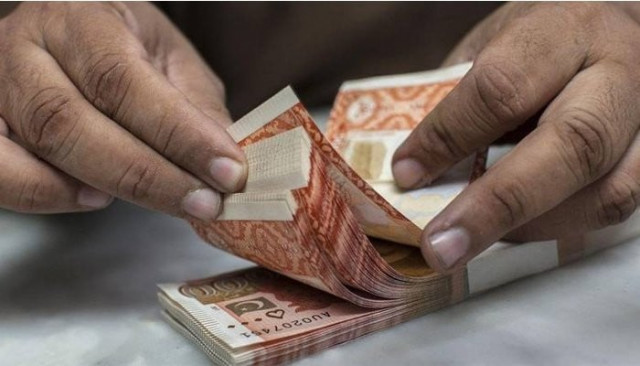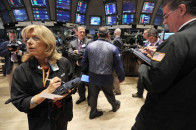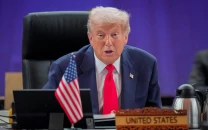In free market, rupee depreciates beyond fair value
Weak currency to trigger hyperinflation, push economic growth to negative 1%

Pakistan’s currency has lost 12% of its value against the US dollar in a free fall in the past two days, weakening beyond fair value to an all-time low at Rs262.60 after the free market mechanism was reinstated in the inter-bank market on demand of the International Monetary Fund (IMF).
The weak currency is set to trigger hyperinflation and push economic growth to negative 1% this year compared to 6% expansion last year. The internationally recognised benchmark called the Real Effective Exchange Rate (REER) – the value of local (Pakistani) currency compared to a basket of currencies of trading partners – suggests Pakistani currency has become undervalued compared to the near fair value of Rs230.89/$ on Wednesday.
REER at 100 points is considered a fair (justified) value. The currency becomes undervalued below 100 and overvalued above this level. In the case of Pakistani currency, REER depreciated to 96.19 points (Rs226.43/$) in December 2022 compared to 98.90 points (Rs223.94/$) in November 2022, according to the State Bank of Pakistan’s (SBP) latest data. Bank of Punjab President and CEO Zafar Masud said in a talk this week that “we need to manage Real Effective Exchange Rate in a range of 95-105 (to maintain rupee around fair value)…the free-float currency system would add artificial inflation.” KASB Securities Head of Research Yousuf Rahman estimated that REER had depreciated below 90 in the wake of the rupee’s devaluation to Rs262.60/$ on Friday.
“REER will show the exchange rate has gone undervalued,” he said. However, the steep fall of the rupee value came due to a wide gap between demand and supply of the greenback. The central bank has no dollars to inject into the inter-bank market. Pakistan’s foreign exchange reserves have depleted to just $3.7 billion while the demand for import payments and foreign debt repayment stands significantly high. Pakistan’s average import payments stood at around $5 billion a month in the first six months of FY23.
The government has reinstated the flexible exchange rate regime on the IMF’s demand. Accordingly, market forces (mostly commercial banks) have got back powers to determine the rupee-dollar parity considering the demand-supply situation. But the question arises as to how market forces can be given powers to determine the parity while the government and the central bank have found 13 banks involved in speculating the exchange rate. SBP Governor Jameel Ahmad told media on Monday that investigation into the banks’ conduct was over. Banks earned Rs100 billion from foreign exchange business in January-September 2022. The earnings were almost double from the same period of last year, it has been learnt.
“We are all set to take fiscal or regulatory action against banks in days,” said Ahmad. Reports, however, suggest that the government has stopped the central bank from taking action against banks. Pakistan has revived the flexible exchange rate regime to win back the IMF’s stalled programme of $7 billion and unlock billions of dollars in new debt from other multilateral and bilateral creditors. Rahman projected that the rupee may slide to around Rs270 and stabilise around Rs265 in the coming days. “It seems difficult for the rupee to recover below Rs265/$ considering the high demand for dollars and low supplies…we are due to repay around $80 billion in foreign debt till the end of FY26,” he said.
The speed of inflows from the multilateral and bilateral creditors will give direction to the exchange rate. “The nation’s immediate focus is on receiving pledges worth $10 billion in flood relief. Revival of IMF progrramme would signal the creditors to fulfill their financial commitments,” he said. Former finance minister Miftah Ismail said this week that “Dar’s control over the rupee-dollar exchange rate has badly hit the economy”. The situation would have been better had Dar not controlled the exchange rate, he added.
Gold hit new high The gold price on Saturday hit a new all-time high of Rs209,000 per tola (11.66 grams) amid the rupee devaluation. Gold price increased by another Rs6,500 per tola despite a further downtick of $2 per ounce (21.10 grams) to $1,928 in the international market on Friday. All Pakistan Sarafa Gems and Jewellers Association member Abdullah Abdul Razak Chand said that the latest increase in gold rate came on speculation that the rupee would maintain the downward streak next week as well.



















COMMENTS
Comments are moderated and generally will be posted if they are on-topic and not abusive.
For more information, please see our Comments FAQ